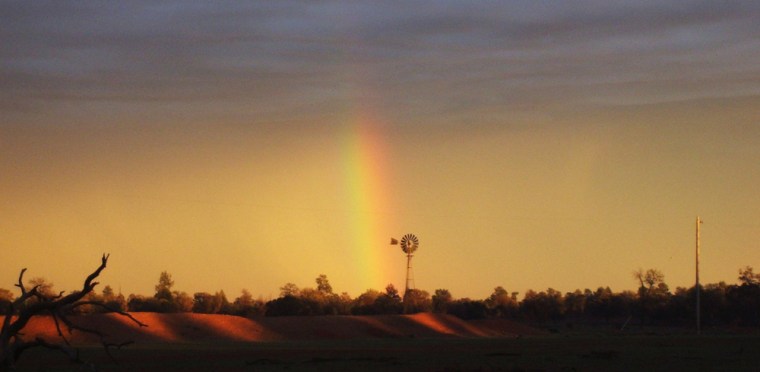Hurricanes and tornadoes have popular rating scales that help people understand their power. Now, weather experts are planning a similar way to measure the El Niño phenomena that affect climate worldwide.
The ratings are tentatively expected to begin in the fall, Wayne Higgins, director of the federal Climate Prediction Center said in a telephone interview.
Higgins said his forecasters also are planning watches and advisories, as is currently done with other severe weather.
A watch would be issued when conditions are right for potential development of an El Niño or La Niña within three to six months, he said. An advisory would mean the condition was under way.
In recent years researchers have found that El Niño, a periodic warming of portions of the tropical Pacific Ocean, and its cool opposite, La Niña, can have significant impacts on weather around the planet.
The Climate Prediction Center, a division of the National Oceanic and Atmospheric Administration, monitors these conditions, known collectively as ENSO — El Niño-Southern Oscillation.
Similar to tornado scale
The planned five-point scale would help assess the effects after the fact, he said, much as the Fujita scale is now used following a tornado.
The Saffir-Simpson hurricane scale is also used to assess damage after a hurricane, but it also is often cited as a storm approaches, using estimates based on wind speed to help people understand the imminent danger.
The 1-to-5 rating scales for twisters and hurricanes seem to be well understood, so a similar idea seemed logical for ENSO.
Higgins and researcher Vernon Kousky published a paper proposing the ENSO advisories and rating scale in the journal Weather and Forecasting earlier this year, and Higgins said the response from meteorologists has been enthusiastic.
“We realized that there was a need for something where we could provide users a heads-up on watches for El Niño and La Niña,” he said. “For the ENSO cycle we also wanted to develop an index of intensity scale that could be used for similar types of assessment after the fact.”
Strength varies
El Niño was first noticed by Peruvian fishermen — it affects their catch. Indeed, it was named by those fishermen. El Niño is Spanish for little boy, a reference to the Baby Jesus, since the effects most often become noticeable around Christmastime.
The strength of an El Niño or La Niña varies by the warmth or coolness of the tropical Pacific sea surface, as compared to normal.
The ENSO Intensity Scale varies based on a a three-month temperature index, updated monthly. The scale varies from W1 to W5 for warm episodes and C1 to C5 for cool episodes, allowing climate researchers to develop comparisons with past ENSOs.
El Niño conditions last summer are believed to have moderated what many expected to be a severe hurricane season in the Atlantic. In general, El Niño contributes to more eastern Pacific hurricanes and fewer Atlantic hurricanes while La Niña contributes to fewer eastern Pacific hurricanes and more Atlantic hurricanes.
The ENSO status report issued by CPC on Monday says conditions are currently neutral, but there is a possibility of a change to La Niña within one to three months.
